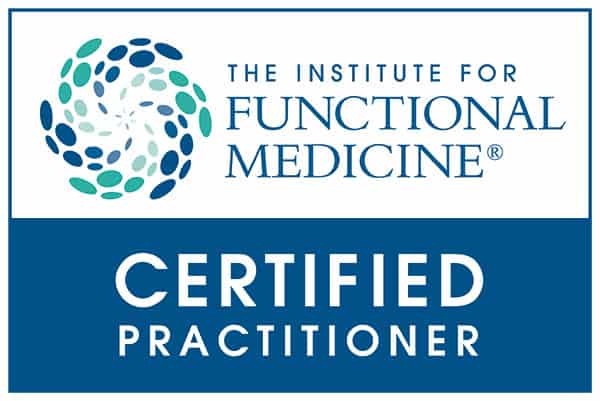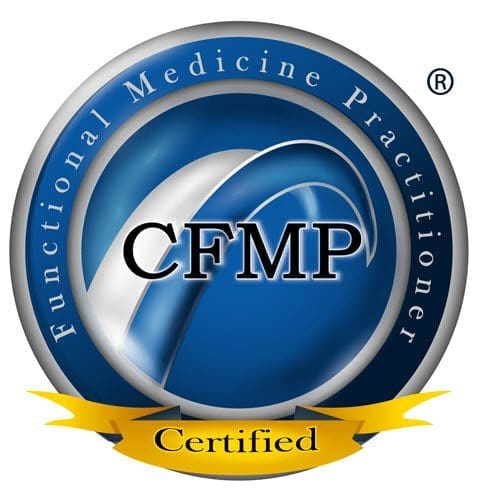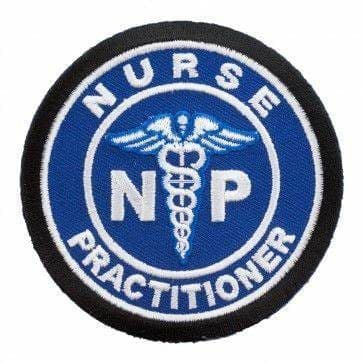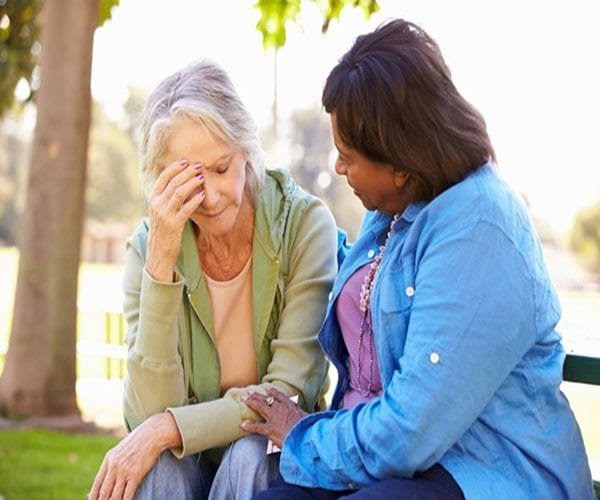
by Dr Alex Jimenez DC, APRN, FNP-BC, CFMP, IFMCP | Natural Health, Wellness
A new UK study has highlighted the importance of friendships in helping people get through the more stressful periods of life.
Carried out by Dr Rebecca Graber from the University of Brighton during her time at the University of Leeds, the preliminary study is the first to provide long-term statistical evidence on the huge benefit of friends, and in particular best friends, on coping with and developing resilience to stress.
The study included 185 adults, with 75 completing the study’s questionnaires and assessments on psychological resilience, best friendship quality, coping behaviors and self-esteem.
Participants then completed the same assessments again one year later, to see how the quality of best friend relationships had affected resilience to stress during this period.
The results showed that best friendships had a protective effect against stress, helping to develop psychological resilience in adults, although how still remains unclear.
The findings also support research published last year by Dr Graber, which found that best friendships can help develop resilience to stress in socioeconomically vulnerable children.
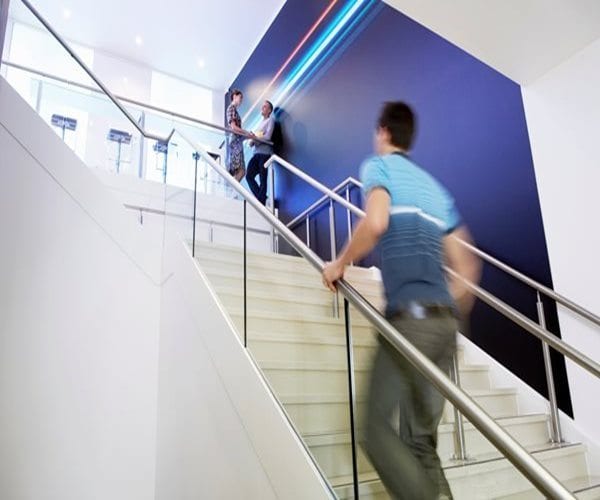
by Dr Alex Jimenez DC, APRN, FNP-BC, CFMP, IFMCP | Natural Health, Wellness
Need an energy boost during the afternoon at the office? A jolt of caffeine isn’t as effective as walking up and down some stairs, says a new study from the University of Georgia.
The study, which was published in the journal Physiology and Behavior found that walking up and down stairs for 10 minutes gave volunteers more energy than ingesting 50 milligrams of caffeine — about the amount in a can of soda.
When giving volunteers either caffeine or a placebo, “there was not much change in how they felt,” said Patrick J. O’Connor, a professor in the department of kinesiology. “But with exercise they did feel more energetic and vigorous.”
The study wanted to duplicate the problems office workers, who spend hours staring at a computer screen, faced when trying to boost their energy to avoid mid-afternoon slumps when long bouts of exercise weren’t possible.
For the study, women college students on separate days either ingested capsules containing caffeine or a placebo, or spent 10 minutes walking up and down stairs — about 30 floors total — at a low-intensity pace.
“Office workers can go outside and walk, but weather can be less than ideal. It has never rained on me while walking the stairs,” said O’Connor. “And a lot of people working in office buildings have access to stairs, so it’s an option to keep some fitness while taking a short break from work.”
To test the effects of caffeine versus the exercise, each group took some verbal and computer-based tests to gauge how they felt and how well they performed certain cognitive tasks.
While neither caffeine nor exercise caused large improvements in attention or memory, walking up and down stairs was associated with a small increase in motivation for work.
The study found that even a brief amount of time walking up and down stairs can boost energy without reducing cognitive function. “You may not have time to go for a swim, but you might have 10 minutes to walk up and down the stairs,” O’Connor said.
Another way to boost your energy in the afternoon is to eat dark chocolate.
Volunteers at the University of Northern Arizona University ate dark chocolate containing at least 60 percent cacao beans or a placebo product, then did thinking and memory activities while undergoing EKGs of their brains. Those who ate the chocolate were more alert.
“A lot of us in the afternoon get a little fuzzy and can’t pay attention, so we could have a higher cacao content chocolate bar and it would increase attention,” said Larry Stevens, a professor of psychological sciences at NAU. “Chocolate is indeed a stimulant and it activates the brain in a really special way.”
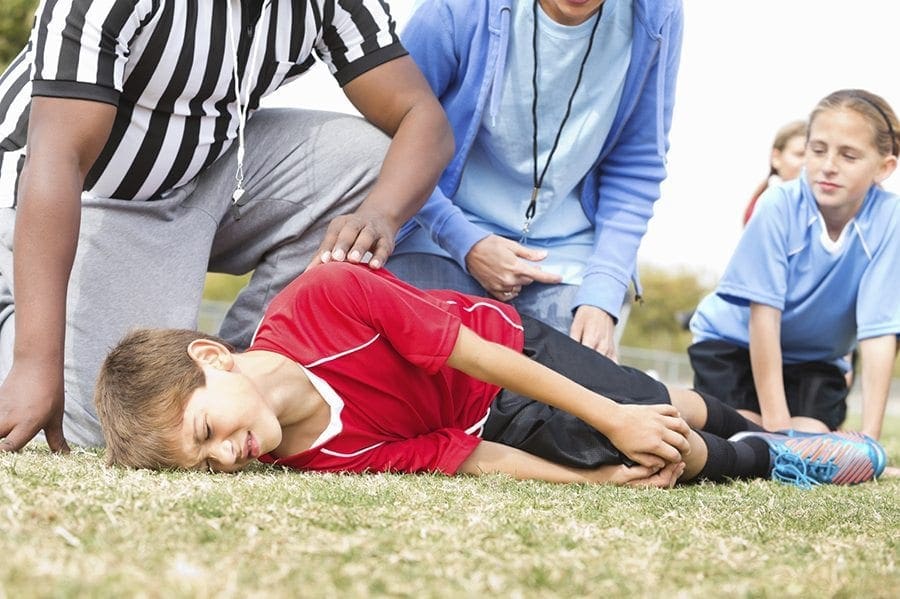
by Dr Alex Jimenez DC, APRN, FNP-BC, CFMP, IFMCP | Athletes, Children, Sports Injuries
If you have a child who plays sports, then you share my excitement for them when they play the game. You probably also share my apprehension about injuries. I recently witnessed one of my daughter�s teammates tear her ACL in a volleyball match�in a non-contact play. The same thing happened to my son and it was heart wrenching. In fact, this caused me to look at the latest research for ways to prevent this from happening to my child and to other children in our community. It is more important than ever before to have parents understand the importance of injury awareness. �This has never been more true today as we become a highly competitive�community.
The Research Is Revealing
My son and daughter�s teammate are not alone. There are nearly 150,000 ACL injuries in the U.S. each year (American Orthopaedic Society for Sports Medicine). 70% of those are non-contact injuries involving landing or cutting. Females are 2-8 times more likely to suffer an ACL injury than males. Worse still: 1 in 4 go on to have another knee injury later.
One study (American Journal of Sports Medicine, 2014) looked at re-injury rates in 750 people after 5 years and found that of the 561 people who finished the study, 4.5% had their graft repairs tear and 7.5% tore the ACL in the other knee. What I found most disturbing is that the highest incidence of further injury occurred in the people who had their first surgery before 20 years of age!
I looked at several studies going back 15 years. They all conclude about the same things when it comes to injury prevention: a program of education, strength, flexibility, sport specific agility drills and plyometrics [aka: jump training] help to prevent injuries.
You might well ask: If we know that is the case, then why haven�t we taken the recommended actions to reduce the number of injuries �the rate of which are basically unchanged in the past 10 years? There are a number of reasons, and perhaps one of them is because we parents assume this is part of the coach�s job.
Truth be told, though, we really expect coaches to focus on technical training �that will help our children gain proficiency and expertise. Sure, they want to reduce injuries, too, but they can�t do it all and most don�t have degrees in injury prevention. So, if the coach can�t do it, who can? Well, if you are lucky enough to have a certified athletic trainer at your school, that helps. But for me, the �aha!� from the research is that injury prevention falls first and foremost on my shoulders as a parent.
What a Parent Can Do �And Should Not Try Do
A�childs athlete�s best training tool is BODY AWARENESS. Learning how to decelerate and land from a jump are just some of the important skills to learn that can help with performance and safety”.
The research backs this up.
There are various screening tools to assess an athlete�s ability to hop from a box, jump and land. Athletes who have poor control or have asymmetries right to left were correlated with greater injury risk. (Chorbe et al N AmJ Sorts Phys Ther 2010; Padue et al AJSM 2009).
The�PUSHasRx’s�and other local pre-season programs are progressive student education programs�starting with teaching body control in static positions, progressing to linear jumping drills and plyometrics. Then, the young athletes are taught to apply the learned techniques to deceleration activities in their sport, while all along maximizing strength and joint range of motion. This type of program needs to be ongoing to be effective (Padue et al AJSM 2012) and typically works best if done 2-3 times per week pre- season and 1 time per week in season.
Mind and Body Make the Winning Combination
So why can�t we just give our children a packet of drills to do on their own or take them to the gym ourselves? After all, I was a pretty good athlete in my day� Well, one reason is psychological. They need to understand the serious purpose of the activities and be 100% committed to what they are learning and doing. One way to do that is to work with a professional. �Sometimes kids need to hear it from someone not in a parent position to understand. �We just will have to do what it takes to get our kids to understand.
The second reason is about what is known as �motor memory�. Form is everything and it takes a trained eye to recognize and teach form, such as good landing mechanics and deceleration skills so that they become a part of motor memory. The bottom line is: If your child practices good jump-landing techniques s/he may have better form and motor memory to handle knee joint loading forces (Meyer et al. Am J Sports Med 2013).
As we head into summer�sports, let�s give our kids the best opportunity for an injury free season. I urge you to do what I�m doing: seek out a body awareness/training professional who can teach them to stay in the game they love!
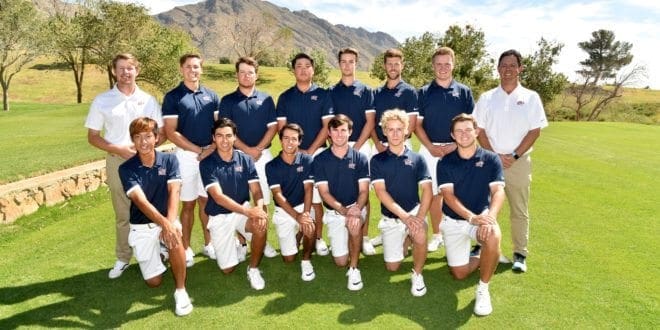
by Dr Alex Jimenez DC, APRN, FNP-BC, CFMP, IFMCP | UTEP (Local) RSS
Related Articles
TEXARKANA � The second seeded UTEP men�s golf team opened the Conference USA Men�s Golf Championship with a bang, posting 1-under 287 with a field-leading 17 birdies for a second place spot, four strokes behind leader North Texas. Competition at the Texarkana Country Club (par 72/6,969 yards) will resume tomorrow, April 24, with the Miners teeing off on hole one at 9:20 a.m. CT alongside Charlotte and North Texas.
Due to forecasted inclement weather on Wednesday, the tournament is now scheduled to conclude on Tuesday.
All teams will play their final two rounds tomorrow, Monday, April 24, with tee times starting at 8 a.m. CT. Following the two rounds of stroke play to determine the individual medalist, the four best teams will advance to match play on Tuesday, April 25. The first round of match play tees off at 7:30 a.m. CT concluding with the second round at 12:30 p.m. CT to determine the 2017 Conference USA Men�s Golf Champion.
�We had a nice start to the tournament today,� head coach Scott Lieberwirth said. �North Texas shot five-under, they played a great round and deserve the lead right now, but we�ve got two more rounds of stroke play to go and I think we have plenty of time to catch up. We�re in for a really big test and I�m pleased we got off on the right foot in the first round.�
With his short game on point, sophomore Andreas Sorensen led the Miners� charge on day one, firing a round of 70 while collecting four birdies to tie for fifth place. The sophomore had back to back birdies on holes No. 7 and No. 8 and scored two more on holes No. 12 and No. 16, while bogeying only twice. Sorensen�s strong play puts him three strokes behind tourney leader Seth Gandy of Charlotte, who shot five-under 67.
Frederik Dreier was the only other Miner to shoot under par on the difficult course, shooting 71 to land in the individual top-10 with a share of seventh. Dreier, ranked No. 97 in Golfstat, pared 11 times and birdied on holes No. 1, No. 3, No. 8, No. 12. The senior had three bogeys.
Both Charles Corner and Aaron Terrazas shot 73 to finish just outside of the top-10 in a tie for 13th. Corner had consecutive birdies on holes No. 7 and No. 8 and added one more on hole No. 12, while Terrazas collected four birdies on holes No. 1, No. 7, No. 12, and No. 16 and nine pars.
Junior Nicklas Pihl�s score kept all the Miners in the top 50. Pihl shot a round of 79 to sit in a seven-way tie for 50th, scoring two birdies and bogeying three times.
The team�s round of 287 was its sixth-best opening round this season, though on a much more difficult course. The Miners shot an opening round of 302 at the C-USA tournament at the Texarkana Country Club last year.
�The golf course if difficult, the green was firm,� Lieberwirth said. �It was much warmer than yesterday. The wind wasn�t as severe as yesterday, but there�s a lot of swirls that you feel on the ground. That made club selection difficult, and add that to the firmness of the greens, it was difficult to hit greens in regulation. I thought we did a reasonably good job of that [hitting greens] and I think we also did a good job of getting it up and down when we had the opportunity to.
�Even one-under par for us out here on this course is a good score. Tomorrow the weather is supposed to be a little bit better as far as lighter winds, so I would expect the lower scores to be a little bit more possible.�
The final two rounds of stroke play begin tomorrow at 8 a.m. CT with Rice, UTSA and WKU starting on hole 10 while play on hole one begins concurrently with Marshall and Southern Miss. UAB and Middle Tennessee play as a twosome from the first hole at 8:40 a.m. CT, while Florida Atlantic, Louisiana Tech and Old Dominion will go off from the back nine at 8:50 a.m. CT.
Live stats are available at Golfstat.com.
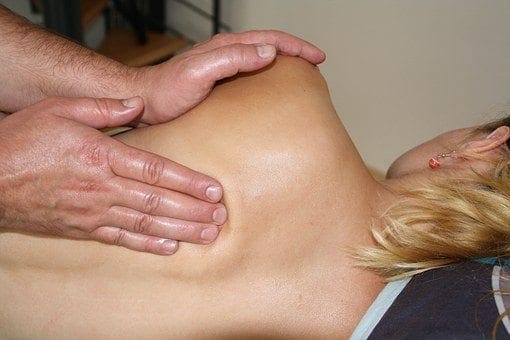
by Dr Alex Jimenez DC, APRN, FNP-BC, CFMP, IFMCP | Chiropractic, Physical Rehabilitation
Chronic low back pain can be a challenge to treat, but new research suggests that massage therapy may provide some relief.
“Current medical guidelines actually recommend massage therapy prior to the use of opioid medications for lower back pain,” explained William Elder, the study’s principle investigator.
“Yet even with those guidelines, physicians and nurse practitioners are not recommending massage therapy,” said Elder. He’s with the University of Kentucky’s departments of family and community medicine and clinical services.
Low back pain is a common problem, and for most people, it’s short-lived. But for about 15 percent of people with low back pain, the problem becomes chronic and lasts more than three months, the study authors said.
There aren’t a lot of effective treatment options for chronic back pain, and physicians often prescribe opioid painkillers such as OxyContin or Percocet to ease the pain. But those drugs come with a risk of addiction.
Other possible treatments include exercise, steroid injections, behavior changes, chiropractic, acupuncture and surgery, according to the U.S. National Institute of Arthritis and Musculoskeletal and Skin Diseases.
The new study sought to simulate real-world back pain and treatment. Researchers asked physicians to recommend massage for people with chronic back pain.
Just over 100 study volunteers were then paired with an approved, experienced massage therapist in their area who assessed the problem and created a treatment plan. The study participants received 10 treatments, which they set up directly with their therapist.
More than half of the participants had less pain after 12 weeks and many continued to report reduced pain after three months.
The research also showed that massage therapy worked better with patients aged 50 years and older, although younger people benefited, too.
“These results are exciting because it shows that most doctors can refer their patients for massage as a treatment. It’s applicable to the real world,” said Elder.
“Some medical providers have taken interest in massage, but most don’t know which type would be helpful. We learned that just referring the patient to a massage therapist and letting them work to select the therapy is effective,” he added.
Dr. Anders Cohen, the neurosurgery division chief at The Brooklyn Hospital Center in New York City, recommends massage therapy to his patients as part of what he calls a comprehensive treatment plan.
“Massage is great way to break up adhesions and is great for soft tissue,” Cohen said. “If the back pain is a soft tissue issue, such as muscles and ligaments, it works great. Plus, there is the bonus of therapeutic touch.”
Patients in the study received the massage therapy free of charge. But, cost could also explain why some physicians recommend opioids instead. Cohen noted that massage prices vary, and may not be covered under some insurance plans.
Study co-author Niki Munk is a licensed massage therapist who’s with the Indiana University School of Health and Rehabilitation Sciences. She said the researchers saw that massage needs to occur regularly when someone begins treatment to reduce the pain.
Munk added that more research is needed on the ideal pain maintenance schedule. But the study authors think that once a level of comfort has been achieved, people can continue to manage their back pain through regular massage therapy on a schedule that fits their needs, such as once a month or every other month.
Munk also noted that selecting the right therapist is important.
“Look for a masseuse that you can establish a therapeutic relationship with over time,” she recommended.
“Chronic low back pain is a complex issue that can’t be cured from just a one-hour massage. Find a therapeutic massage clinic and ask questions about the therapist, such as their initial training and continuing education. Also, make sure that the therapist sets up a treatment plan that will work for you,” Munk said.
The study was published online recently in the journal Pain Medicine.
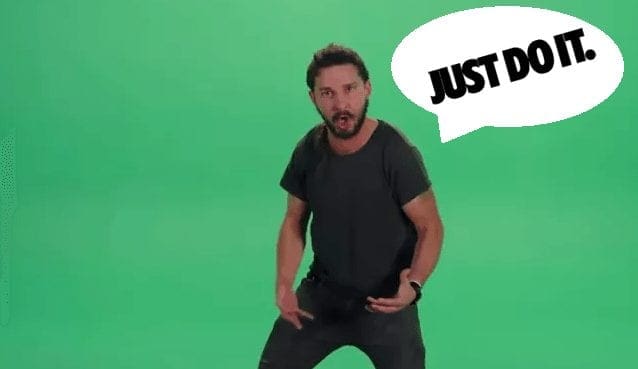
by Dr Alex Jimenez DC, APRN, FNP-BC, CFMP, IFMCP | 915 Crossfit WOD Rss, Crossfit (Local)
Feeling this week….
Skill:
Feet to Club
Power:
Superset x-4
Wide-Grip Bench-Press x 8 @ 60%
Wide-Grip pull ups x 5-8
Metcon:
7 Moment AMRAP:
14 time push ups
14 Feet to Club
Relaxation Three Minutes
7 Moment AMRAP:
14 Burpee Over Club
14 Deadlifts (115/75)(135/95)(155/105)
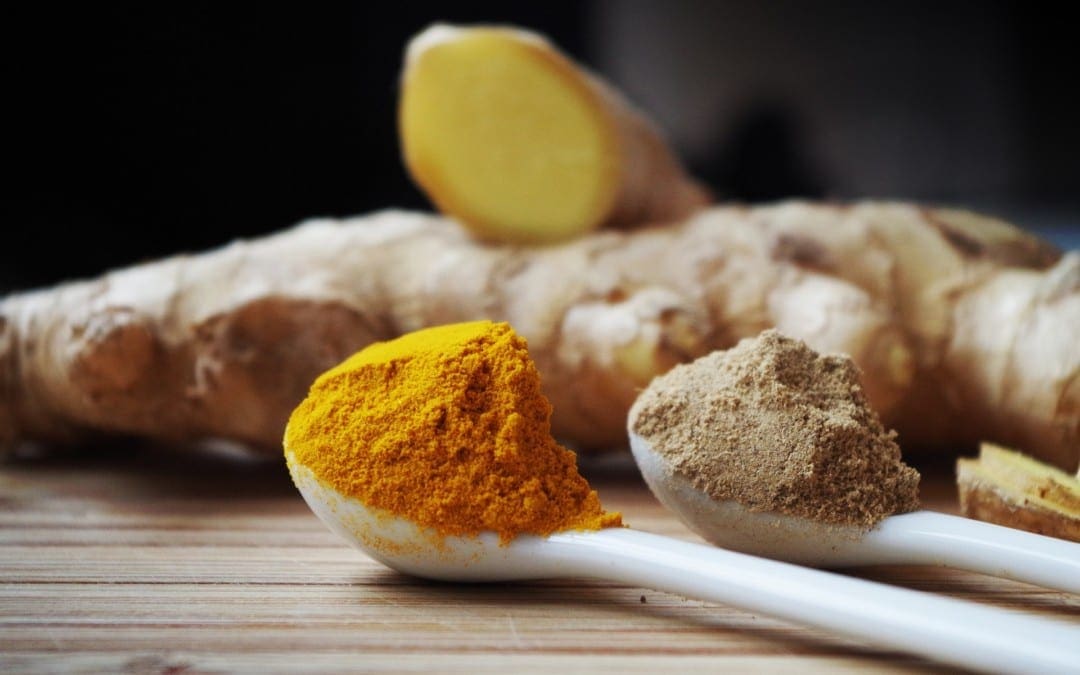
by Dr Alex Jimenez DC, APRN, FNP-BC, CFMP, IFMCP | Turmeric
There is more evidence that the active ingredient in turmeric may have the power to help combat malignant mesothelioma.
A new French study on curcumin finds that the compound not only slowed the growth of one of the rarest types of mesothelioma tumor cells in the laboratory but also reduced total tumor mass in lab rats in just two weeks.
Evaluating Curcumin�s Effect on Mesothelioma Cells
Curcumin, the plant polyphenol that gives turmeric its yellow hue and pungent flavor, has been the subject of numerous malignant mesothelioma studies in recent years, in part because of its powerful anti-inflammatory properties.
In the newest study, the French researchers focused on one of the rarest and deadliest subtypes of the asbestos cancer � sarcomatoid mesothelioma.
First, they used sarcomatoid mesothelioma cells from rats that had been induced to develop mesothelioma by exposing them to asbestos. By testing curcumin on the mesothelioma cells first, the research team was able to determine the optimal curcumin concentration and dose to use on the live rats.
Testing Curcumin in Live Rats with Mesothelioma
With dosing established, the researchers administered curcumin directly into the peritoneal cavities of sick mice. For comparison, a second group of rats was treated with an epigenetic drug called SAHA.
�The treatment of tumor-bearing rats with 1.5 mg/kg curcumin on days 7, 9, 11 and 14 after tumor challenge dramatically reduced the mean total tumor mass at day 16,� writes researcher Daniel L. Pouliquen in the journal Oncotarget.
The study found that both curcumin and SAHA produced necrosis or dead tissue within the mesothelioma tumors by day 28, but the necrosis induced by curcumin was �much more extensive�.
In addition, curcumin appeared to attract cancer-fighting CD8+ T lymphocytes to the area which clustered around small residual mesothelioma tumors in the peritoneal cavity after treatment.
�These data open up interesting new prospects for the therapy of sarcomatoid mesothelioma with curcumin and its derivatives,� concludes Dr. Pouliquen.
More Curcumin Research
Earlier this year, scientists in the Department of Experimental Medicine at the University of Rome conducted a similar experiment and that found that intraperitoneal curcumin extended survival in mice with mesothelioma.
In 2015, mesothelioma researchers with Flinders University in Australia determined that curcumin had the ability to keep mesothelioma tumors from giving rise to their own new blood vessels. That study suggested that curcumin could become a supplemental treatment for certain mesothelioma patients.
Source: Pouliquen, DL, et al, �Evaluation of intracavitary administration of curcumin for the treatment of sarcomatoid mesothelioma�, February 25, 2017, Oncotarget, Epub ahead of print
As always… Check with your doctors before you rely on this information. �I bring it to you because it does give great insight into Curcumin so many people are raving about.
It should be noted that Mesothelioma is a very serious disorder requiring the expertise of top level Oncologist. � Great Regards. Dr. Alex Jimenez
Read More News








